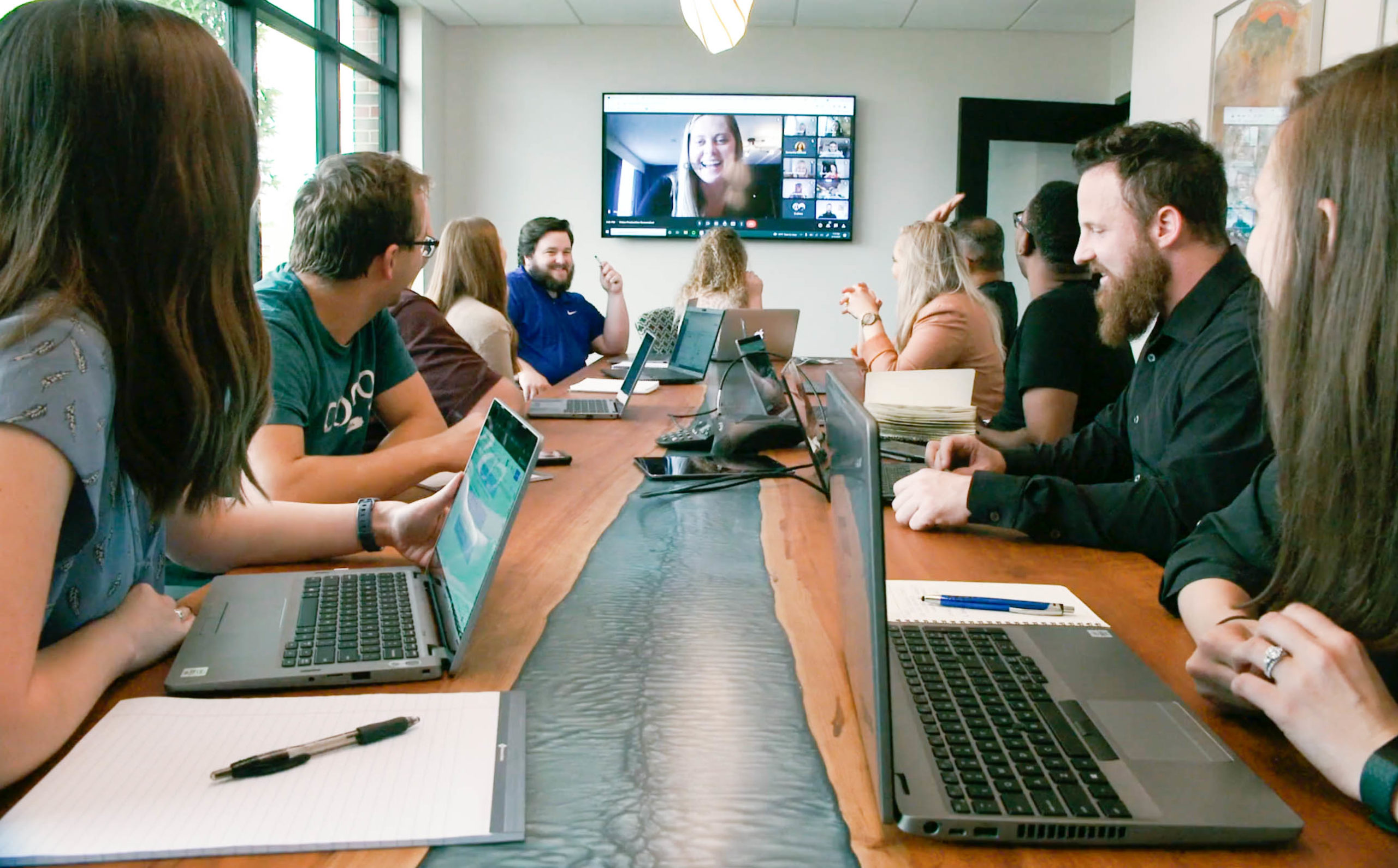Food and drink is inherently social, whether you are sitting around a dinner table, sharing a recipe with a friend, or meeting a date for cocktails. Social media marketing for food and beverage brands allows you to lean into this element even further. It has proven to be a highly successful tool for driving viral food trends (think avocado toast, macaroons, shaken espressos, etc.).
But you don’t have to go viral to see the benefits of social media. Food and beverage brands can drive results by identifying and targeting their core audience on their preferred platforms with highly ‘craveable’ content, using tactics like influencers and shoppable ads to showcase their products.
Understanding Your Core Food/Bev Audience
The first step to finding your audience is to understand who organically engages with your brand. What specific niches are they involved in and how can you share your content with them? Audience research will lead you to a deeper understanding of your likely brand advocates and loyalists. Once a clear audience is defined, creating ads and messaging becomes intuitive.
Search for the answers to these three questions in your audience research process:
-
Who is your core demographic?
Identify basic demographics such as age, gender, education, geographical location and socioeconomic status. These variables will give you concrete indicators on your key audience profiles – what life stage they are in, what they could be interested in, and more. Age, for example, gives you tips on what kind of content they will likely resonate with. Younger ages tend to enjoy emotional posts (funny or tear-jerking), such as the recent Gushers TikTok campaign. In comparison, older audiences tend to prefer informative, trustworthy content, such as this Clinique campaign.
2. What does your audience value?
Are they more likely sharing food to present an image of prestige or luxury, or to share a special family recipe? These internal motivations should inform the ad creation process. Creating messaging that resonates with your audience’s core motivators and/or beliefs make them more inclined to click or convert.
3. Where is your audience active online?
The medium in which your ads run is critical to the success of food and beverage digital marketing campaigns. This ensures each dollar you spend is going towards a platform where your audience actually spends time. Use platform data as well as third party data research platforms to identify your audiences’ media consumption habits.
Identifying Social Media Influencers
Once your target audience is defined, you can make them come to life by creating personas. Or better yet, finding an influencer online that matches your brand’s beliefs, values and aesthetic. Brands that have a strong image and story can easily find influencers that complement their mission.
Food and beverage social media marketing is primed for influencer partnerships. There are endless YouTube cooking channels, food review websites, and food bloggers across all social media platforms. The creators have a huge impact on consumer purchase decisions. In fact, 49% of consumers depend on influencer decisions. This virtual word of mouth is extremely influential in the consumer journey.
Adding influencers into your strategy can also drive conversions, not just awareness. This is particularly helpful for food and beverage brands with an ecommerce presence. Use affiliate links and coupon codes to link POS data back to influencer campaigns in addition to awareness metrics, such as reach and engagement.
Creating Compelling Content
Food and beverage brands have a unique opportunity to engage audiences with user-generated marketing content on social media. People are eager to share recipes or new food explorations online, which is a win-win for brand and consumer. Brands are able to capitalize on authentic content that builds trust, while consumers are fulfilled by interaction and admiration.
Beyond UGC, there are many ways brands can create compelling content on each unique platform. For example, how-to/recipe videos, Instagram Ready Images, and short form videos are all popular ad variations. Keep your audience learnings in mind and tailor your content to each unique social platform to resonate with consumers.
Measuring Food and Bev Social Media Marketing Success
To measure the impact of advertising you can first look at granular, platform-level data. These metrics show campaign-level data, such as video completions, ad clicks, and site visits. Additionally, brands can utilize tactics like coupon/QR codes, flash sales, and hashtag challenges to track media’s success in driving immediate conversions and online buzz.
However, the majority of food/bev sales still happen in-store, so it is important that brands keep themselves top of mind during that experience. Also, brands need a method of tracing media’s impact on in-store sales. Whether in a grocery store or a restaurant, brands can utilize CRM connections to track offline data or offer coupon codes/QR codes that translate both in-person or online.
To better understand marketing’s impact, consider advanced measurement studies. These are surveys that can measure the incremental lift in metrics such as foot traffic and in-store sales due to marketing campaigns.
Eating and drinking is, and has always been, social. Food and beverage brands should lean into this and explore the vast opportunities social media platforms offer to create and build community. Get creative with your media execution to stand out from competitors and drive sales.






